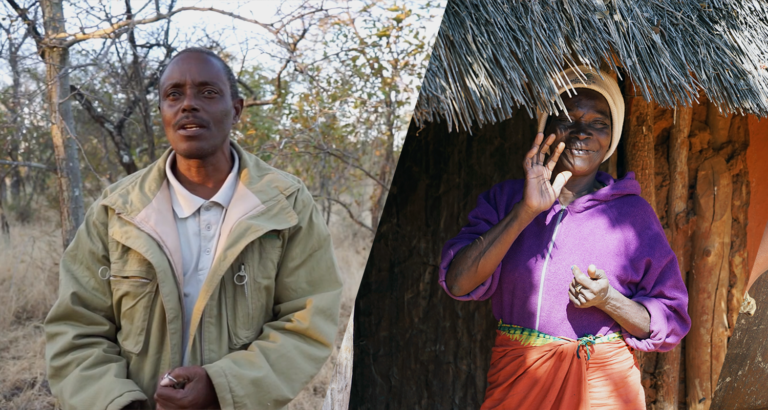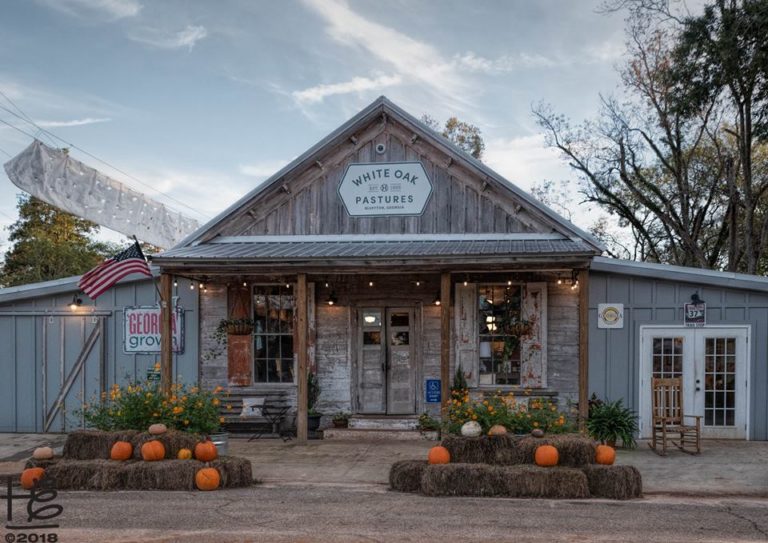When I talk to people in my professional circles about sustainability, I often find I have to field the question “What is sustainability?” Naturally, the canned answer is “meeting our needs today without compromising the ability of future generations to meet their needs.” In a more realistic sense, the definition is right there in the word. We are sustaining what we have. The problem is, we have reached a level of environmental degradation where merely sustaining what we have isn’t good enough.
We need to regenerate the natural systems that support all life on this planet. While simply leaving nature alone is typically a good way to do this, this isn’t always an option. With a population over seven billion and rising, we need to find a way to grow food that regenerates the living systems that we depend on. This is where regenerative agriculture comes in.
The nice thing about natural systems is that they naturally try to repair and rebuild. If left alone, they will do just that. It is the management of people (often well-meaning ones) that prevents this process from happening. In order to help this process along, there are three principles of natural systems that need to be understood:
1) Nature exists as a series of relationships, not as a series of individuals. Each individual organism has a role to play. When every role is filled, balance is maintained and the whole system benefits.
2) Nutrient cycling is key. As one organism consumes what it needs to live and grow, it takes nutrients from the environment and changes them in a way that is beneficial to its needs. When that organism (or its waste) becomes a food source for another organism, those nutrients are cycled to the next stage. The nutrients must keep cycling and recycling through the system.
3) Diversity is key. Different organisms have different methods of cycling nutrients and different predator/prey relationships. The system functions best as a whole when there are as many of those relationships present as possible.
In practical terms, this means that a system of regenerative agriculture will look more like a natural ecosystem than a monocultured field. Regenerative agriculture incorporates beneficial insects, birds, and other animals into the whole, leaving roles for them to be beneficial. Regenerative agriculture builds soil, improving soil carbon content, fertility, availability of nutrients, and soil life. It does all this while still producing food for human consumption.
There are several methods that are currently being used all over the world. Holistic Planned Grazing uses the animal impact of large ungulates on grassland to restore them back to a natural condition, even regenerating deserts back into grasslands. Permaculture provides a set of tools that focus more on the plants and their interrelationships. Food forests, in particular, are beneficial, being a constructed multi-layer forest with plants that work together with each other and produce food at every level, both for humans and for wildlife.
What is so important about regenerative agriculture? Why do we need to move food production in this direction? As I mentioned before, regenerative agriculture builds soil, in particular, it builds soil carbon. Soil carbon absorbs water when it rains and releases it when it is dry, moderating flood and drought cycles that are worsening in the world now. The carbon in the soil is sequestered from the air, which reduces atmospheric carbon.
The problem is, that soil carbon can be released back to the atmosphere if it isn’t maintained. Regenerative agriculture fulfills this maintenance requirement while producing food for people. Done in cities, regenerative agriculture can improve air quality and reduce urban heat island effect. Done in rural areas, it can bolster ecosystems and habitat while still providing a surprising amount of food. Regenerative agriculture must be the future if we are to have a future.
Written by Edmund Williams, a civil engineer who works as an innovator in sustainable agriculture in his spare time. He is particularly interested in creating complete, productive ecosystems and using a combination of biological techniques and technology to enhance biological productivity and bring balance to living systems. He has founded Lehr Urban Homestead with his partner, Kiza Moore, to test his ideas on a larger scale and blogs about his adventures on his blog, Mad Bioneer.





